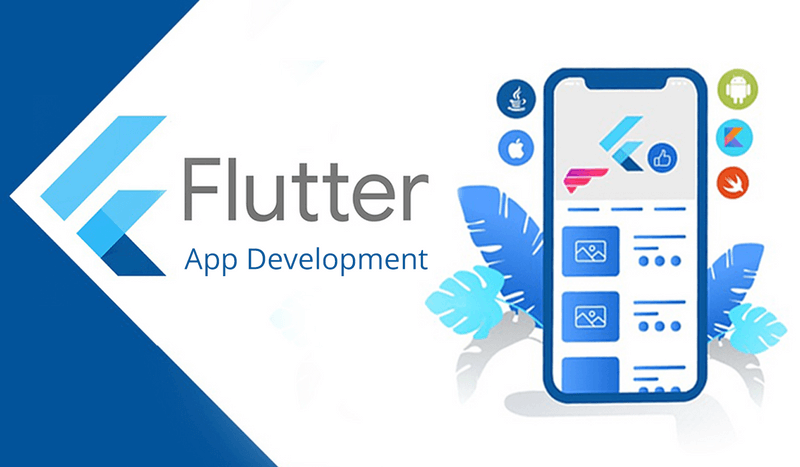Flutter
- tecqusition
- Dec 13, 2021
- 3 min read

WHAT IS FLUTTER?
Flutter is an open-source UI software development kit created by Google. It is used to develop cross-platform applications for Android, iOS, Linux, Mac, Windows, Fuchsia, and the web from a single codebase.
WHEN HAS IT EMERGED?
The first version of Flutter was known as codename "Sky" and ran on the Android operating system. It was unveiled at the 2015 Dart developer summit with the stated intent of being able to render consistently at 120 seconds. During the keynote of Google Developer Days in Shanghai, Google announced Flutter Release Preview 2, which is the last big release before Flutter 1.0. On December 4, 2018, Flutter 1.0 was released at the Flutter Live event, denoting the first "stable" version of the Framework. On December 11, 2019, Flutter 1.12 was released at the Flutter Interactive event.
On May 6, 2020, the Dart software development kit (SDK) in version 2.8 and the Flutter in version 1.17.0 were released, where support was added to the Metal API, improving performance on iOS devices (approximately 50%), new Material widgets, and new network tracking.

On March 3, 2021, Google released Flutter 2 during an online Flutter Engage event. This major update brought official support for web-based applications with new CanvasKit renderer and web-specific widgets, early-access desktop application support for Windows, macOS, and Linux and improved Add-to-App APIs.
Framework architecture
The major components of Flutter include:
Dart platform
Flutter engine
Foundation library
Design-specific widgets
Flutter Development Tools (Dev Tools)
Dart platform
Flutter apps are written in the Dart language and make use of many of the language's more advanced features.
On Windows, macOS, and Linux Flutter runs in the Dart virtual machine, which features a just-in-time execution engine. While writing and debugging an app, Flutter uses Just In Time compilation, allowing for "hot reload", with which modifications to source files can be injected into a running application. Flutter extends this with support for stateful hot reload, where in most cases changes to source code are reflected immediately in the running app without requiring a restart or any loss of state.
Flutter engine
Flutter's engine, written primarily in C++, provides low-level rendering support using Google's Skia graphics library. Additionally, it interfaces with platform-specific SDKs such as those provided by Android and iOS. The Flutter Engine is a portable runtime for hosting Flutter applications. It implements Flutter's core libraries, including animation and graphics, file and network I/O, accessibility support, plugin architecture, and a Dart runtime and compiles toolchain. Most developers interact with Flutter via the Flutter Framework, which provides a reactive framework and a set of platform, layout, and foundation widgets.

Foundation library
The Foundation library, written in Dart, provides basic classes and functions that are used to construct applications using Flutter, such as APIs to communicate with the engine.
Design-specific widgets
The Flutter framework contains two sets of widgets that conform to specific design languages: Material Design widgets implement Google's design language of the same name, and Cupertino widgets implement Apple's iOS Human interface guidelines.
Widgets
Flutter uses a variety of widgets to deliver a fully functioning application. These widgets are Flutter's framework architecture. Flutter's Widget Catalog provides a full explanation and API on the framework.
Uses
For users, Flutter makes beautiful apps come to life. For developers, Flutter lowers the bar to entry for building apps. It speeds app development and reduces the cost and complexity of app production across platforms. For designers, Flutter provides a canvas for high-end user experiences. For engineering managers and businesses, Flutter allows the unification of app developers into a single mobile, web, and desktop app team, building branded apps for multiple platforms out of a single codebase.
FOLLOW US ON INSTAGRAM, FACEBOOK AND PINTEREST
DISCLAIMER
The information is provided by Tecquisition for general informational and educational purposes only and is not a substitute for professional legal advice. If you have any feedback, comments, requests for technical support or other inquiries, please mail us at tecqusition@gmail.com.






Comments